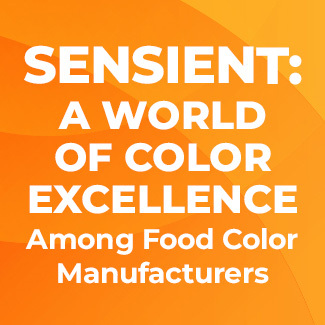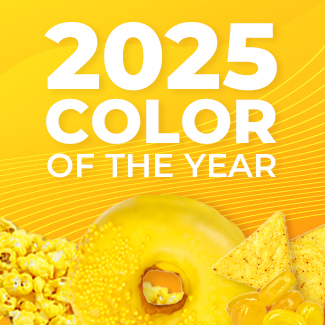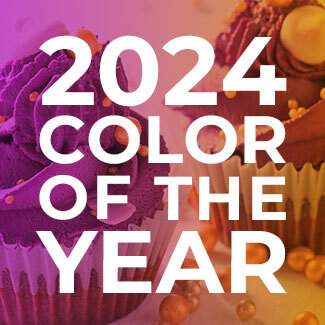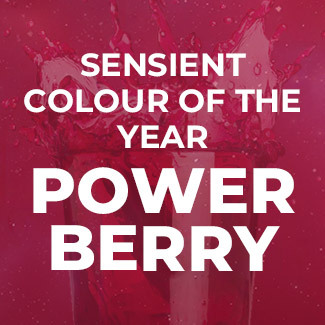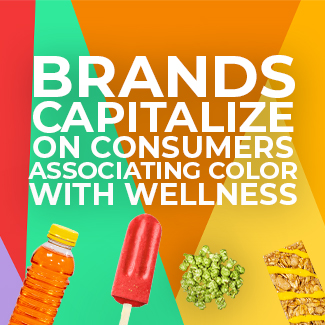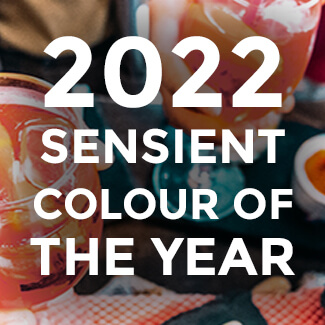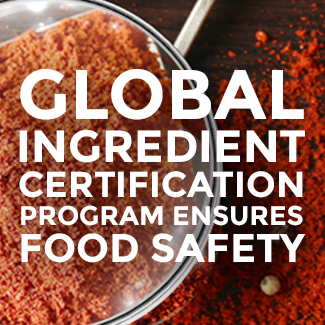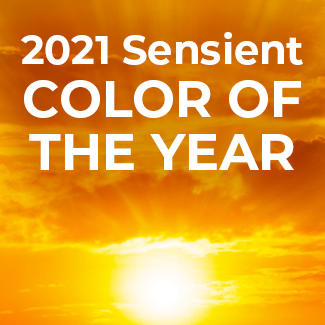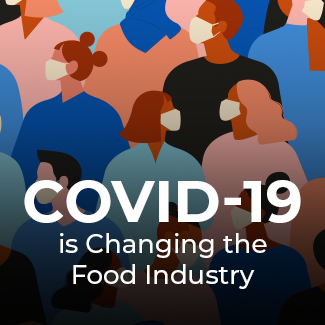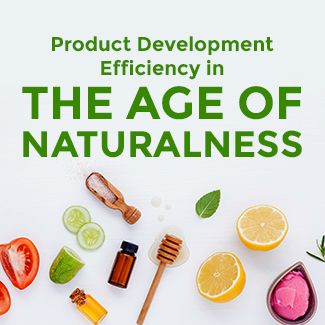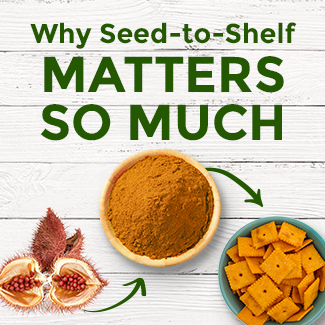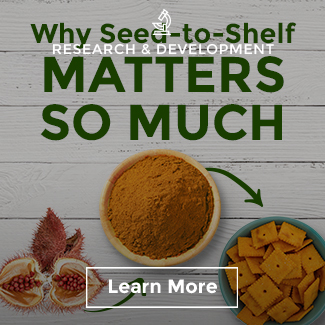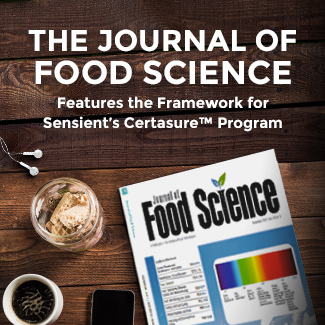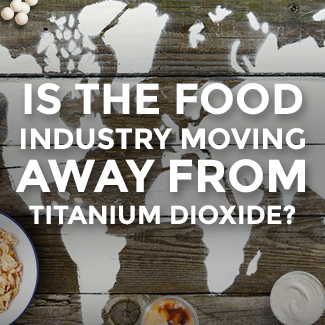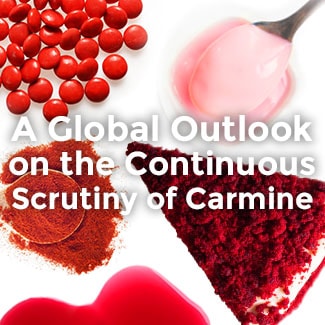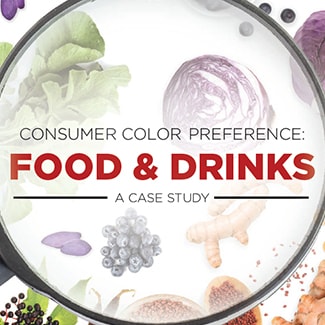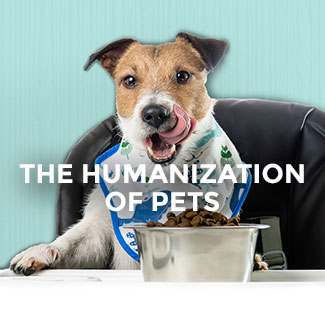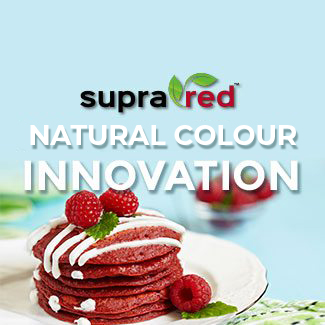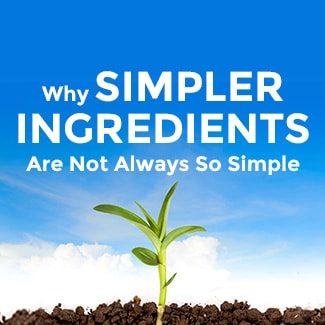The Power of Food Colour
Table for Two: My Smartphone and Me According to one of Mintel’s 2016 Global Food and Drink Trends, there is an emerging opportunity for brands to innovate using visual appeal versus traditional flavour line extensions in response to a more visually-oriented society that is spending more time on social media platforms. Today’s younger consumers are tech-savvy, active on social media , and adventurous. Vibrant shades, artistic designs, and unexpected colour shades are showing up in traditionally neutral-hued foods and cultivating strong emotional connections with consumers, encouraging them to share their unique product experience across social channels with others. Technology enables consumers to engage with brands in a different way than ever before.
 The sharing of praiseworthy products on social sites creates an interactive experience beyond standard consumption for consumers. The product becomes more than a piece of food but an expression, an art form, a must-tell story to share and show others.
Frito Lay strategically and creatively took advantage of this concept with their Cheetos Museum, an online collection featuring “treasured Cheetos, found and submitted by snackers like you” in acclaimed Cheeto shades and shapes, such as a yellow cat, orange swan, red lobster, etc. Similarly, Taco Bell rewards customers for posting life events through their “Live Mas” app. Interesting and colourful products not only crave one’s appetite, but feed consumers’ curiosity to create content and collaborate with others in online communities.
The photogenic food phenomenon has even been coined, referred to by some as the “Eat and Tweet.” To support these table tweets, there are several apps—Burpple, FoodSpotting, EyeEm, Hipstamatic Foodie SnapPak, and SnapDish—specifically dedicated to the logging and sharing of food. Integrating social and food to new heights, US restaurant chain Sonic created Square Shakes this year—the world’s first ice cream drink specifically designed to fit within Instagram’s square image format. It will be interesting to see if packaged food and drink manufacturers follow suit. There is a big potential to engage consumers in an all new way by creating colourful, “designed-to-be-documented” products.
The Power of Colour
Not only does the colouring of food and drink products inspire creative social posts and shares, but it also strongly influences purchasing attitudes and behaviors of consumers. According to a Sensient national survey, 63% of consumers would be more likely to purchase a brand that replaced artificial colours with colours from natural sources.
In addition, food colour connects consumers with values and specific attitudes; it has the power be empowering.
Let’s take a look at six examples across the globe:
The sharing of praiseworthy products on social sites creates an interactive experience beyond standard consumption for consumers. The product becomes more than a piece of food but an expression, an art form, a must-tell story to share and show others.
Frito Lay strategically and creatively took advantage of this concept with their Cheetos Museum, an online collection featuring “treasured Cheetos, found and submitted by snackers like you” in acclaimed Cheeto shades and shapes, such as a yellow cat, orange swan, red lobster, etc. Similarly, Taco Bell rewards customers for posting life events through their “Live Mas” app. Interesting and colourful products not only crave one’s appetite, but feed consumers’ curiosity to create content and collaborate with others in online communities.
The photogenic food phenomenon has even been coined, referred to by some as the “Eat and Tweet.” To support these table tweets, there are several apps—Burpple, FoodSpotting, EyeEm, Hipstamatic Foodie SnapPak, and SnapDish—specifically dedicated to the logging and sharing of food. Integrating social and food to new heights, US restaurant chain Sonic created Square Shakes this year—the world’s first ice cream drink specifically designed to fit within Instagram’s square image format. It will be interesting to see if packaged food and drink manufacturers follow suit. There is a big potential to engage consumers in an all new way by creating colourful, “designed-to-be-documented” products.
The Power of Colour
Not only does the colouring of food and drink products inspire creative social posts and shares, but it also strongly influences purchasing attitudes and behaviors of consumers. According to a Sensient national survey, 63% of consumers would be more likely to purchase a brand that replaced artificial colours with colours from natural sources.
In addition, food colour connects consumers with values and specific attitudes; it has the power be empowering.
Let’s take a look at six examples across the globe:


 Creating Products for a Share-Centric Culture in the Age of Naturalness
The prominence of social sharing sites in our daily lives reinforces the hyper-focus of visual aesthetics. Today’s consumers, especially younger generations, are longing for something shareworthy, and at the same time, they are demanding more natural and simple ingredients in food and drink.
So how can manufacturers incorporate these two trends in food and beverage innovation?
Creating Products for a Share-Centric Culture in the Age of Naturalness
The prominence of social sharing sites in our daily lives reinforces the hyper-focus of visual aesthetics. Today’s consumers, especially younger generations, are longing for something shareworthy, and at the same time, they are demanding more natural and simple ingredients in food and drink.
So how can manufacturers incorporate these two trends in food and beverage innovation?





